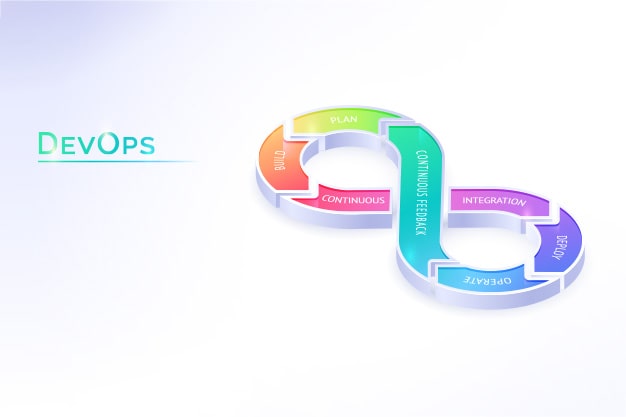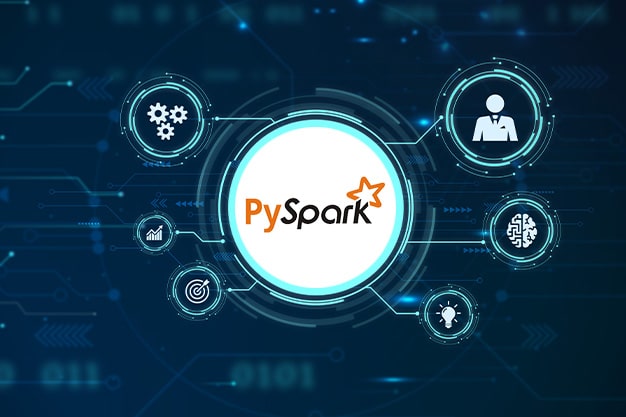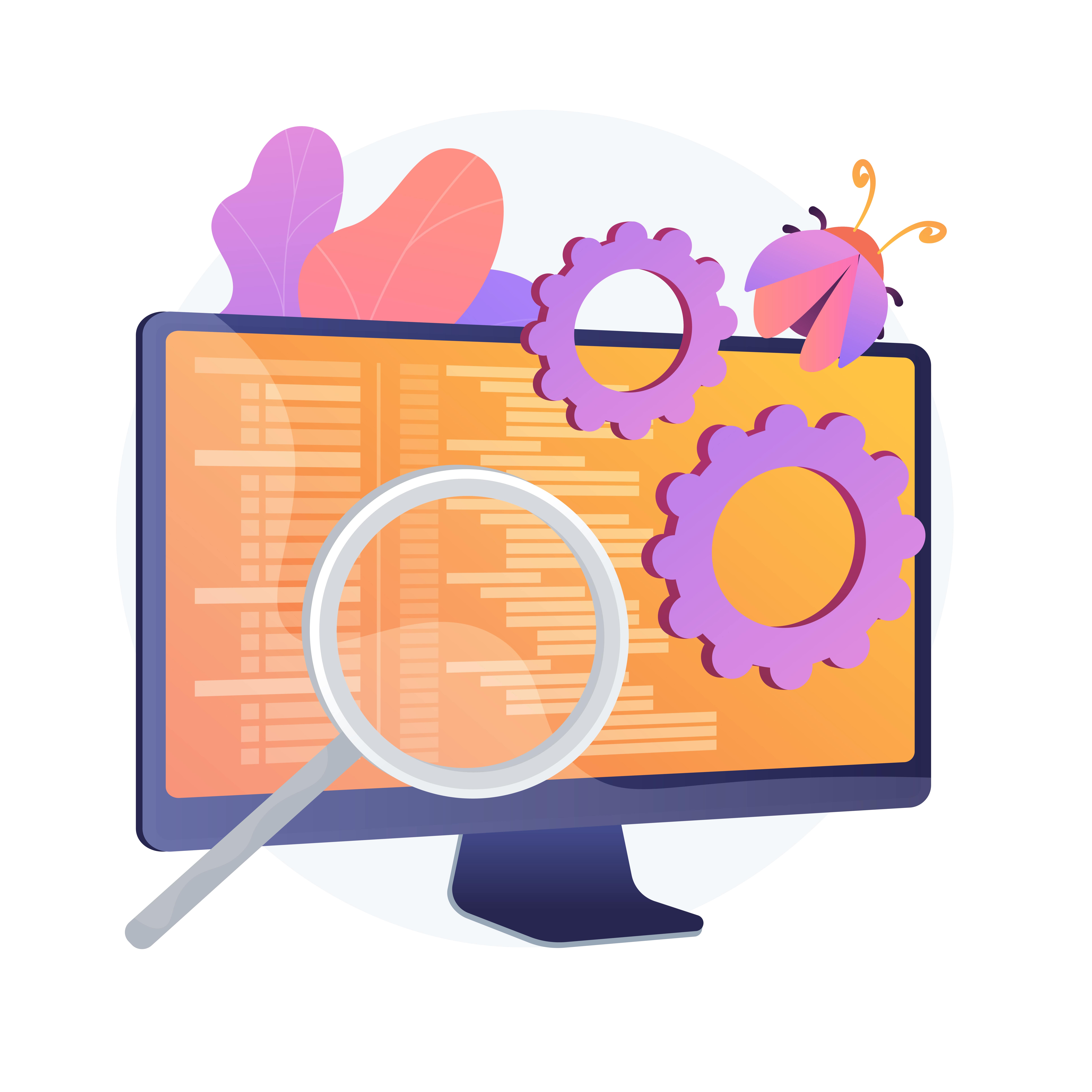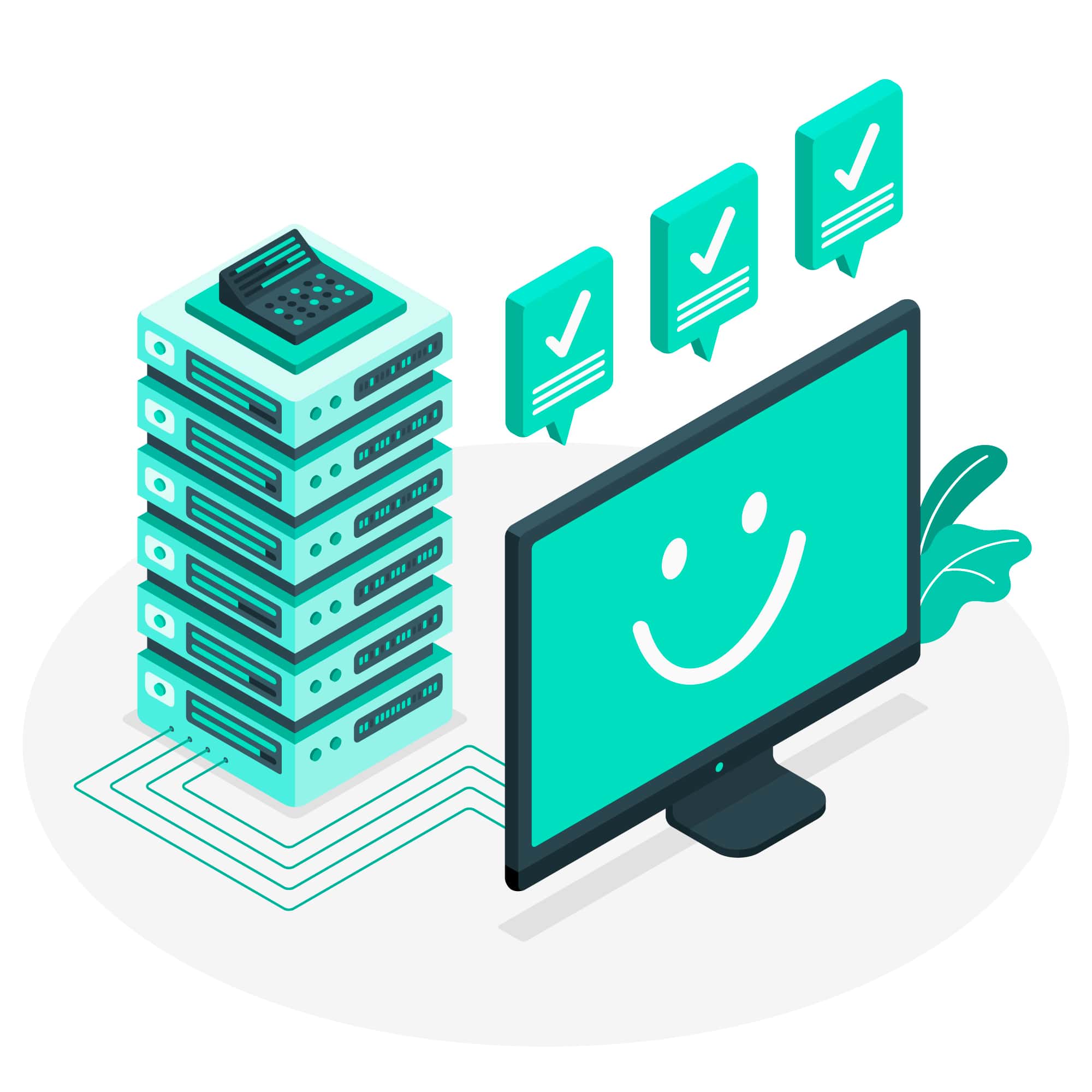
What does a Splunk admin do?
Splunk is a technology which that professionals use for searching the files which are available on their system. The main advantage of Splunk is that it does not require a database to store data, as indexes are widely used to store data. Splunk is a software designed to search, monitor, and explore big data, mainly machine-generated data, through a web interface. Splunk provides real-time data collection, indexing, and correlation in searchable containers, from which graphs, reports, and alerts are generated.
Splunk provides real-time data collection, indexing, and correlation in searchable containers, from which graphs, reports, alerts, dashboards, and visualizations can be created. With a focus on creating accessible, machine-readable data about your organization, Splunk helps you recognize data patterns, create metrics, diagnose problems and provide analytics for business purposes. Splunk is the technology of choice for application management, security and compliance, and business intelligence and web analytics. Learn more about Splunk through Splunk Admin Training.
Why do I need Splunk?
Splunk monitoring tools offer a number of benefits to your organization, including
- Provides an enhanced graphical user interface and real-time dashboard visibility
- Faster problem resolution with immediate results
- It's the perfect tool for root cause analysis.
- Splunk lets you create graphs, alerts, and dashboards.
- You can use Splunk to easily search and review specific results.
- This allows you to eliminate errors and increase productivity.
- Track all your business data and make informed decisions.
- With Splunk, you can integrate artificial intelligence into your data strategy.
- Gain actionable operational insights from your machine performance data.
- Summarize and collect valuable information from different files
- Splunk can accept any type of data, including .csv, JSON, and log formats.
- It offers the most powerful analytical search and visualization capabilities to help all types of users.
- You can create a central repository to search Splunk data from various sources.
How to use Splunk?
Splunk has a variety of uses and benefits, which are explained in more detail below.
Query processing language
Splunk provides a query processing language to make searching easier. This language is particularly useful for sifting through large amounts of data and performing context-specific statistical operations. For example, let's say you need information about applications that run slowly and therefore make users wait longer. If you type the following words into Splunk, you'll get the results you want
A wide variety of applications, add-ons, and data sources
Splunk can determine application launch times and user latency based on data from a variety of sources. These sources include log files of all types, Windows event logs, Syslog, SNMP, and others. A user can write a script and send it to Splunk to search for data. Then, if they still can't find what they need, the Splunk Application Directory is available as an add-on to collect the data they need. All incoming data has huge boundaries and can be user experience data, application monitoring, or agent data. This data is tracked at several separate Splunk endpoints, and the collected data is sent to Splunk for further processing. The Splunk application not only becomes the source of the data but also provides a dashboard to view what Splunk has indexed.
Tips and events
Splunk accepts all data immediately after installation. It has no fixed schema and accepts all data as it is. When it starts looking for data at this point, it performs an array extraction. In most cases, all log formats are recognized automatically and additional formats can be specified in the configuration file. This allows for flexibility. Splunk uses any data on the system to create an index. When indexing is complete, it processes the incoming data and prepares it for storage. All data is stored separately and character streams are created as separate events.
It is scalable and has no backend
Once Splunk is deployed, there is no need to manage any hardware in the background or create a database. As a result, Splunk can be used on a wide range of platforms and can be quickly implemented in any software. If one server is not enough, another can easily be added and the data is evenly split between the two servers. As the number of computers storing data increases, so does the speed. There is no single point of failure because the data is spread across many environments.
Messages and alerts
Splunk can be used to create various reports such as graphs, pie charts, bar charts, etc. The tools it uses to create these reports are excellent. Any data from statistics to frequencies and correlations can be entered into the reports. Each report has a dashboard and provides the user with many options to customize and drill down into the desired data with respect to changing time periods and data sources. In addition, it also has an alerting mechanism that facilitates log management. These alerts are generated when a Splunk query is run and when alerts and dependencies are defined. These alerts can be sent via email, RSS feeds, or simple scripts.




.jpg)












































